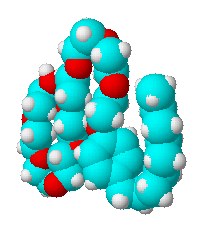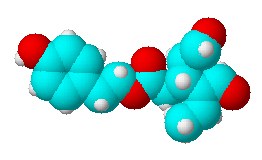Quite a lot of visitors to Sciencebase hit the site asking questions of the search engines, but a recent spate of similar questions would suggest lots of students doing a science assignment: What does boron smell like? What does carbon smell like? What is molecules plasma? (sic) Picture of zinc element etc etc.
As the question about boron seems to come up the most frequently and has garnered the most comments on this post, I thought I would get a definitive answer from boron expert John Kennedy Professor of Inorganic Chemistry at the University of Leeds, UK. This is what he has to say and it pretty much confirms my own suspicions about boron, although I am still curious as to why this question comes up so often and wonder whether there are volatile compounds formed when boron comes into contact with your skin in the same way that metallic BO arises.
“Elemental boron is a ceramic, and completely involatile,” Kennedy told me, “So it should have no smell associated with it, just like porcelain.” He points out that very fine boron dust might stimulate the nostrils in the same way that any dust would and could feasibly have a particular nuance of flavour. “As I recall when I did handle some course boron powder,” adds Kennedy, “there was no smell, just like sand.”
So there you have it, volatility is the key. If something is involatile, then it cannot reach the smell (olfactory) receptors in your nose to stimulate them. If it is finely powdered, particles could conceivably reach your nose, but would stimulate it in a similar way to any other fine dust. Some time ago, we discussed on Sciencebase.com an odd theory that the nose acts as a sophisticated natural spectrometer rather than a straightforward detector. This theory suggests that different compounds smell differently because they vibrate with different frequencies, a property observed by vibrational spectroscopy.


 Oleocanthal structure
Oleocanthal structure